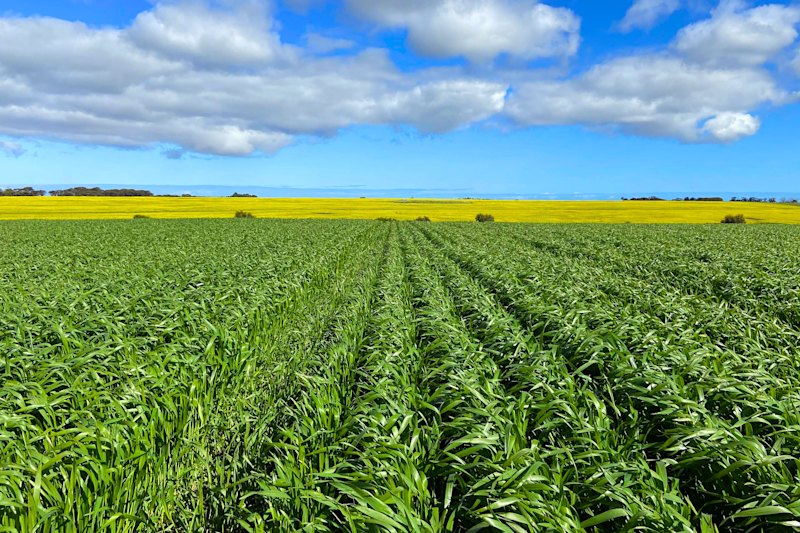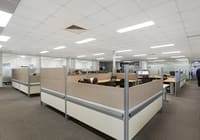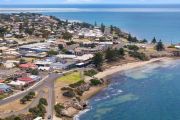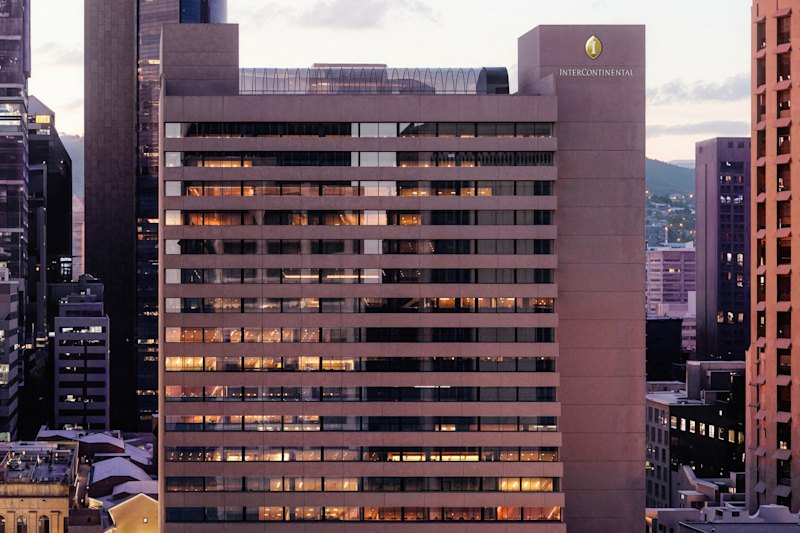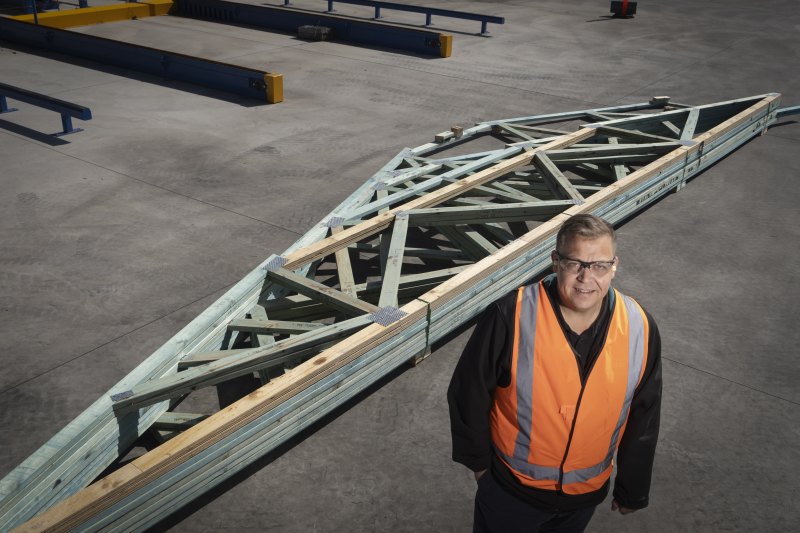
Bunnings invests $75m in a changing home-build market
Bunnings is investing $75 million in plants to manufacture timber wall frames and roof trusses for houses, townhouses and low-rise apartment buildings as it seeks to make its commercial business as big as its consumer-focused retail side.
Wesfarmers-owned Bunnings has just started production at a 31,000-square-metre just-in-time plant in Truganina in Melbourne’s west that when operating at full speed will produce 2800 home lots – trusses and frames – a year.
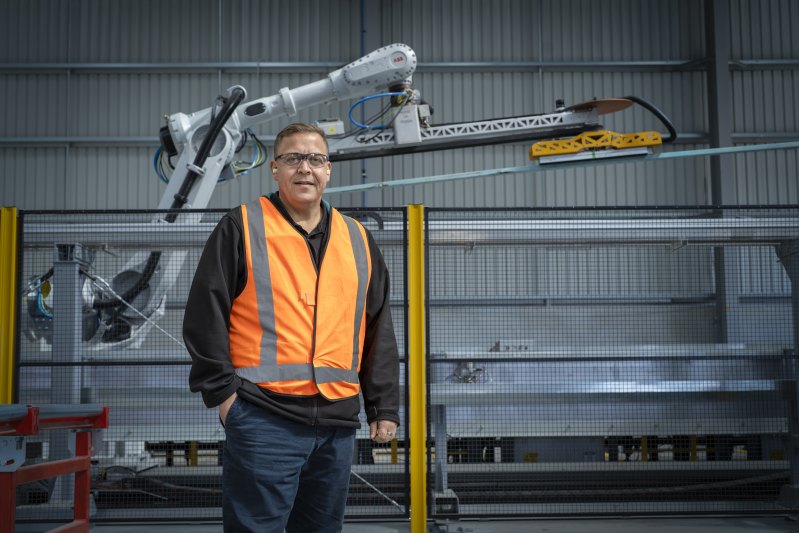
The plant at the Charter Hall-owned Truganina Business Park follows a similar one opened in outer Sydney’s Minto in July and precedes a third due to open in south-western Brisbane’s Wacol early next year.
“There was always a trade or commercial part of the business, but it was never the focus,” Bunnings chief operating officer for commercial Ben McIntosh said on Wednesday. “We can do two things at once.”
Three years into a five-year plan to make the commercial business as big as the retail arm, the timing is good.
Bunnings, the earnings powerhouse that accounted for nearly half of Wesfarmers’ $45.6 billion revenue in the year to June – and $2.2 billion of its $3.6 billion profit – is seeking to combat weakening revenue growth at the big-box hardware retailer as consumer spending slows.
Investment in plants such as the 8500-square-metre Truganina shed housing robots that assemble and nail-plate together A-frame trusses puts Bunnings up with Dahlsens Building Centres, Bowens and Independent Hardware Group as a leading maker of trusses and frames, the first part of a structure to go up on a slab.
ASX-listed Big River Industries is another supplier.

Size of the total addressable market was not readily available, but the Frame & Truss Manufacturers Association of Australia says there are 287 plants of varying capacity nationally, processing about 2.5-million cubic metres of sawn framing timber annually.
The strategy behind selling frames and trusses – which make up about 15 per cent of the cost of a home – is that it establishes a supplier’s relationship with a builder at the start of construction and makes it easier to sell other products throughout the typical nine-month construction process.
“We want our building customers to turn to us for solutions across the whole of their build, starting with high-quality frame and truss systems that are manufactured safely, efficiently and at value,” Mr McIntosh said.
But the move to a highly automated plant that produces large wooden framing – once made on site by carpenters – also prepares suppliers for what Tim Moore, the managing director of consultancy Industry Edge, said would be a “massive rationalisation” of the home-building sector.
“The largest participants in the market are making the next logical step and it could be that some of their thinking is getting ahead of a global trend toward entire houses being built inside factories,” Mr Moore said.
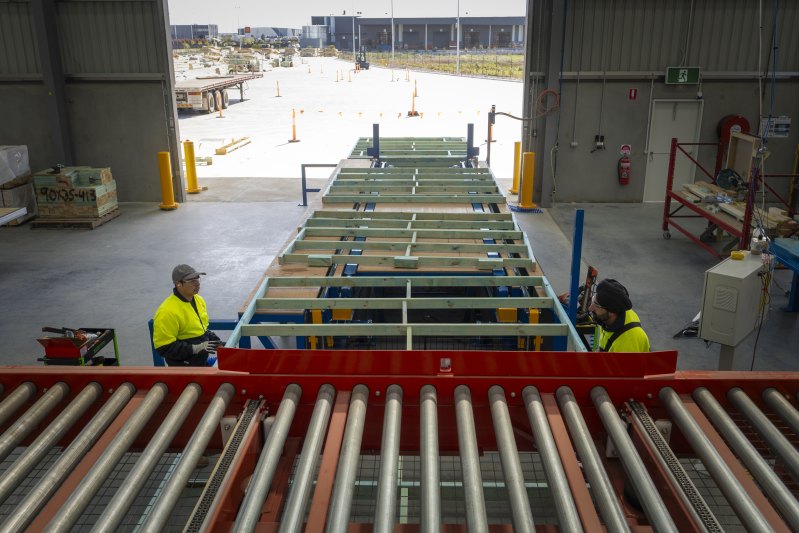
Last month, Japan’s largest home builder, Daiwa House, which owns Sydney-based Rawson Group, told The Australian Financial Review it saw Australia as “a big target” for growth, and cited its ability to build homes quickly as a competitive advantage.
Daiwa rival Sumitomo Forestry owns home builders Henley Properties, Wisdom Properties and Scott Park Group. Asahi Kasei Homes owns Newcastle-based NXT Building Group and this year acquired Melbourne-based Arden Homes.
Bowens managing director John Bowen said a lack of skilled labour had encouraged the development of prefabricated components, but said the conditions that prompted greater levels of prefab – as in many European countries – did not exist in Australia.
“When you think about next-stage design or pre-clad panels, it’s a very different conversation,” Mr Bowen told the Financial Review.
“We’re playing with that at the moment, trying to find the best mix for what works in Australia. I don’t think what works overseas necessarily is appropriate for the Australian market.”
Mr McIntosh said for the home-building industry to achieve the federal government’s target of 1.2 million new homes over a five-year period, efficiency was key.
“The winners of the industry, whether it’s builders or suppliers – such as us – to the industry will be the ones that run at the most efficient levels, the ones that concentrate on working out that it’s not just about price, but it’s not just about anything. You’ve got to get all elements right.”


